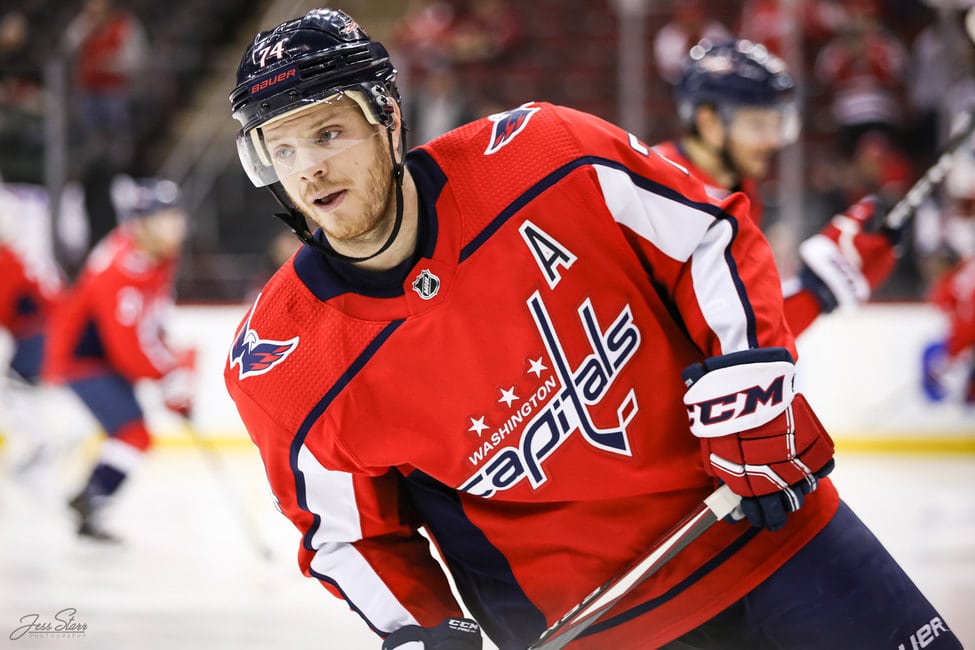Izzy Goodenough
Registered User
- Oct 11, 2020
- 2,629
- 2,582
You too can be a GM
Having a hard time making Hockey Ops decisions? Feel indecisive and hesitant because you have a swarm of bees in your head when you come to work? Feel challenged when one of your colleagues asks you about other players in the league?
This chart is all you really need to know to do your job as an NHL GM.
It tells you how to predict the future and allows burgeoning GMs to gauge the past.
It lets you know who to protect in the expansion draft, who to sign as a UFA, and who to trade for, and who to let go.
Should we sign a 29-year-old UFA 6x6?
Should we trade a 1st round draft choice for a 28-year-old?
Should we protect a 23-year-old Dman or a 30-year-old Dman in the expansion draft?
Gaze upon it and weep as a result of its simplicity:
A New Look at Aging Curves for NHL Skaters (part 1)

BTW: Other metrics mentioned in the article support the same conclusion, age is the most important predictor of future performance in the NHL.
Having a hard time making Hockey Ops decisions? Feel indecisive and hesitant because you have a swarm of bees in your head when you come to work? Feel challenged when one of your colleagues asks you about other players in the league?
This chart is all you really need to know to do your job as an NHL GM.
It tells you how to predict the future and allows burgeoning GMs to gauge the past.
It lets you know who to protect in the expansion draft, who to sign as a UFA, and who to trade for, and who to let go.
Should we sign a 29-year-old UFA 6x6?
Should we trade a 1st round draft choice for a 28-year-old?
Should we protect a 23-year-old Dman or a 30-year-old Dman in the expansion draft?
Gaze upon it and weep as a result of its simplicity:
A New Look at Aging Curves for NHL Skaters (part 1)
BTW: Other metrics mentioned in the article support the same conclusion, age is the most important predictor of future performance in the NHL.



